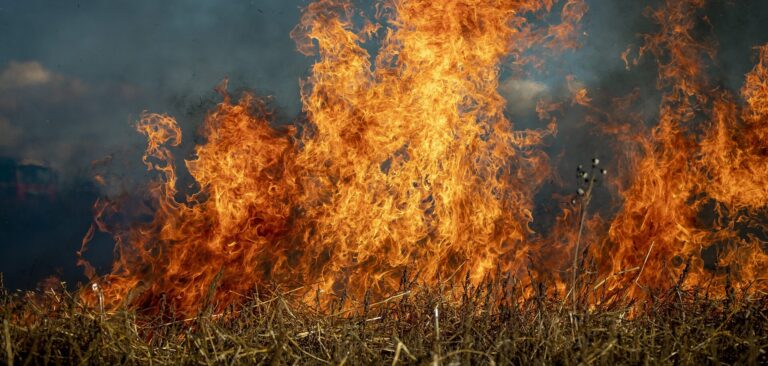NASA and New Zealand’s National Institute of Water and Atmospheric Research (NIWA) have detected unprecedented chemical changes in the stratosphere resulting from the 2020 Australian wildfires.
The stratosphere is roughly 16-20km above the Earth’s surface and is where one-third of the planet’s protective ozone layer resides.
The changes involved several chlorine-containing gases, which usually do not change much in this region. The main differences involved hydrogen chloride (HCl) – a gas that can be converted into a reactive form that destroys ozone. In the months following the bushfires, NASA’s Aura satellite observed that HCl levels had dropped by about half. There were also increases in chlorine monoxide (ClO).
The changes occurred gradually over a four- to five-month period after the fires, before reversing over another four months.
Dr Susan Strahan, study lead and senior research scientist at the University of Maryland Baltimore County and the NASA Goddard Flight Center, said, “We were unable to replicate what we were seeing in any models, meaning that the reactions taking place in the stratosphere on these smoke aerosols are unknown. We don’t know what they are, and we can’t calculate their effects on ozone.
“This is worrying because anything that messes with the chlorine family of gases – like HCl – has the potential to harm the ozone. Just one atom of chlorine can destroy over 100,000 ozone molecules before it is removed from the atmosphere. From the observations of elevated ClO, we think that ozone in the mid latitudes experienced some depletion following the 2020 fires,” she said.
Further measurements were taken by NIWA’s Atmospheric Research Station at Lauder in Central Otago, on New Zealand’s South Island.
Dan Smale, a NIWA researcher based at Lauder said that the smoke offered a great chance to study the impact of massive wildfire events on the atmosphere.
“Nothing like this has ever been seen in the Lauder data record before,” he said. “Like volcanic eruptions, mega wildfires release millions of tons of smoke particles high into the air. The Australian bushfires were the biggest and most destructive ever recorded and seem to have caused unknown reactions affecting ozone chemistry, which is both tantalizing from a science point of view and worrying from an environmental point of view.
“Our findings identify a knowledge gap in the processes that control ozone. With wildfires predicted to become more frequent and intense as the planet warms, the likelihood of ozone depletion is increased. Laboratory studies on the chemical reactivity of wildfire smoke particles are urgently needed.”
Infamously known as Black Summer, the 2020 Australian wildfires burnt approximately 14,300,000ha of land, destroying 3,000 homes, and killing at least 34 people and up to 3,000,000 animals.



